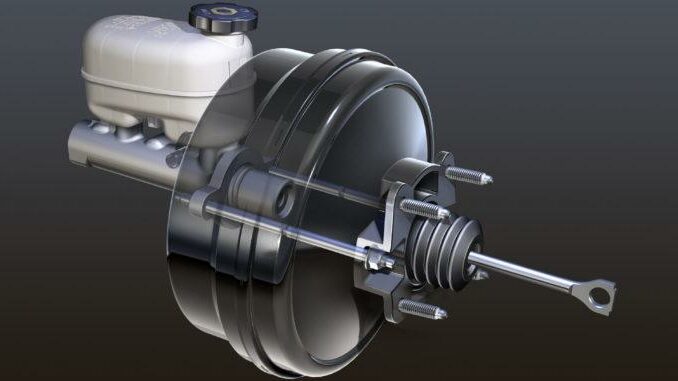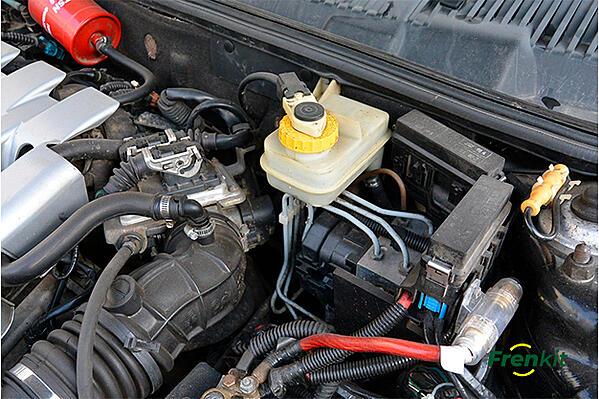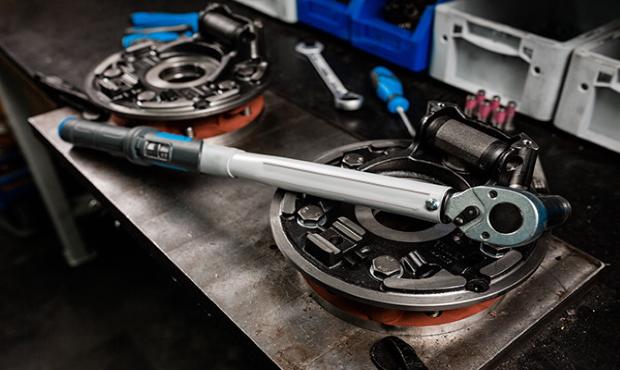If you want better braking performance in your vehicle, upgrading to a new master brake cylinder is one of the most effective ways to dramatically improve your stopping power. Replacing a worn-out or damaged master cylinder with a higher-performance aftermarket model can give you superior control over your brakes. This article will guide you step-by-step through installing your new master brake cylinder safely at home.
Understanding What a Master Brake Cylinder Does
The master brake cylinder is the most important part of your brake hydraulic system. It stores the brake fluid and contains a piston that is pushed in when you press on the brake pedal. This creates hydraulic pressure which impacts brake fluid lines and makes the brake pads clamp down on the rotors to stop your wheels from turning. A high quality, well-functioning master brake cylinder gives you solid brake pedal feel and quick, hard braking when you need it.
When to Upgrade Your Master Brake Cylinder
Some common signs that your master brake cylinder needs to be replaced include a brake pedal that feels soft or spongy, brake fluid leaks, difficulty stopping the vehicle, and degraded brake system performance over time. As the key actuator of the hydraulic brake circuit, an old, worn out master cylinder will cause braking issues. Upgrading to an aftermarket master cylinder greatly enhances pedal responsiveness by restoring hydraulic pressure.
Picking Your New Master Brake Cylinder
The most important factor when selecting a replacement master brake cylinder is making sure your new component is properly matched and compatible with your vehicle’s braking system. The new master cylinder must bolt directly into the factory position without modification. It also needs to match key details like bore size, fluid volume, and pedal ratio. Consult your repair manual or talk to an auto parts advisor to determine the optimal replacement master brake cylinder for your car or truck.
Safety Gear and Tools Needed
Since you will be working with brake fluid, be sure to have nitrile gloves and eye protection. You’ll need a brake fluid catch pan, brake system cleaner, brake fluid flush, and silicone lubricant. Basic hand tools like wrenches, sockets, screwdrivers, pliers, and torque wrench are required. Have shop rags, electrical tape, funnel, and paper towels available too. Read through all instructions before beginning.
- Step 1: Disconnect Battery: Start by parking on level ground and applying the emergency brake. Loosen and remove the negative terminal from your battery to prevent electrical shorts while working on the brake lines.
- Step 2: Loosen Brake Lines: Locate the brake fluid reservoir on the master cylinder and remove the lid so you don’t damage it. Use a line wrench to loosen the brake line fittings attached to the rear of the master brake cylinder. Place your brake fluid catch pan directly underneath to collect lost fluid. Cover paint surfaces to prevent brake fluid damage.
- Step 3: Remove Master Cylinder: Determine what fasteners affix the master cylinder in place, like brake booster push rod bolts or flange nuts. Remove them with proper hand tools so you can detach the master brake cylinder. Be extremely careful not to spill or drip brake fluid during removal. Take your time maneuvering it out.
- Step 4: Install New Master Cylinder: Use a small amount of silicone lubricant on the push rod tip and input bore prior to installation, being careful not to contaminate brake surfaces or get oil/grease on them. Maneuver your shiny new master brake cylinder carefully into position, then hand thread your fasteners to hold it in place lightly.
- Step 5: Attach Brake Lines & Bleed the System: Connect your brake line fittings to the new master cylinder. Make sure the brake line banjos are on tightly. Refill your brake fluid reservoir close to the max line with fresh, clean fluid. Bleed the brakes thoroughly from farthest wheel cylinder back to master cylinder. Refer to factory service manual for the proper brake bleeding sequence. Repeat bleeding process until you get a firm brake pedal.
- Step 6: Test Braking Performance: Carefully test brakes at low speeds. Your newly upgraded master brake cylinder should now give you a higher, firmer brake pedal and vastly improved braking over stock. Recheck work for leaks. When fully satisfied with performance, reattach battery terminal cable.
Conclusion
While installing a performance aftermarket master brake cylinder requires time, care, and proper tools, it is a project any moderate DIY mechanic can accomplish themselves. Just take all necessary safety precautions, follow each step carefully, and make sure your new master cylinder is fully compatible. Upgrading to a higher quality master cylinder can restore crisp brake pedal feel and dramatically improve stopping ability. Your ride will brake harder, stronger, and more responsively.
 tuningblog.eu Euer Magazin rund um Tuning am Auto
tuningblog.eu Euer Magazin rund um Tuning am Auto



